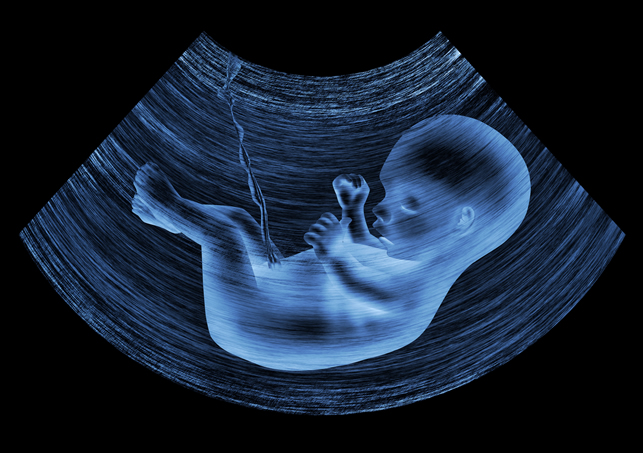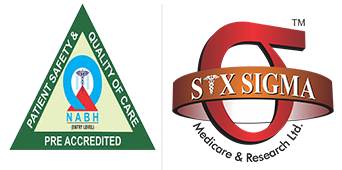
Advantages
1) Safer than radiography as there is no exposure to radiation.
2) Non-invasive and painless.
3) Comfortable and inexpensive.
Significance
1) Used to assess foetal growth and detect abnormalities such as spina bifida etc.
2) Useful in diagnosing kidney stones, gall stones, cirrhosis, obstructions in intestine, oviducts, uterus etc.
3) To measure blood flow through the heart, arteries and veins based on a phenomenon known as Doppler Effect.
Sonoghraphy
Ultrasound uses high frequency sound waves to produce real-time images of organs, tissues and blood flow inside the body. Along with pathology tests and x-rays, ultrasound examinations are some of the most common diagnostic tests requested by doctors. In Australia, over 9.7 million ultrasound examinations were funded through Medicare in 2016. Although many people refer to these examinations simply as ultrasound scans, when detailed ultrasound is used for medical investigation it is known as sonography.
Sonography can be used to examine many parts of the body. This makes it very useful for diagnosing, and guiding management for, a range of medical conditions. Some examples of the types of sonography and what they are used to investigate include:
- Abdomen and chest – organs in the body including lungs, liver,
- kidneys, spleen and more
- Breasts – breast tissue, including breast lumps
- Cardiac – chambers, muscle and valves of the heart
- Gynaecological – female reproductive system
- Musculoskeletal – muscles, tendons, joints
- Obstetric – fetus, cervix and placenta during pregnancy
- Paediatric – specific applications of ultrasound in babies and children
- Small parts – male reproductive system; neck and thyroid
- Vascular – blood vessels throughout the body
As well as being used for diagnosis, sonography can also be used to guide medical interventions. Examples of this include fine needle tissue biopsy e.g. taking samples of breast tissue to test for cancer, or injecting medication into joints and soft tissue e.g. cortisone injections.
The vast majority of ultrasound examinations are performed by sonographers. Other health professions such as doctors, nurses, midwives and physiotherapists, now also use ultrasound as part of their diagnostic and therapeutic practice. For sonographers, however, the primary focus is the ultrasound procedure. This makes them the specialists in ultrasound imaging and they can often be found in support or training roles for other professions.

